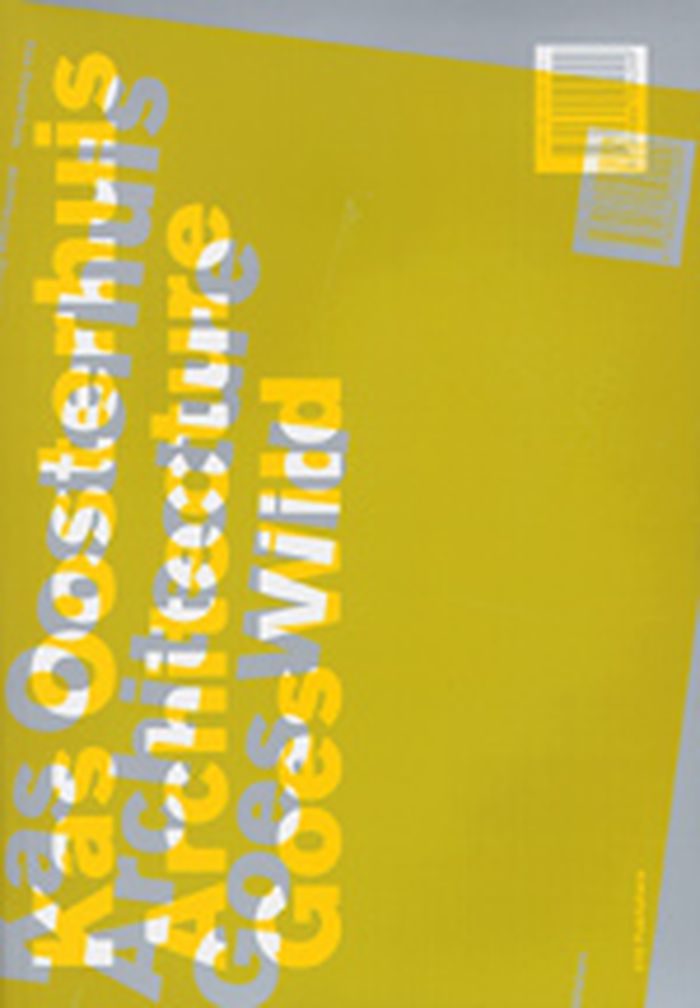livres
Description:
142 pages, 10 unnumbered pages : illustrations (some color) ; 22 cm
[New York, N.Y.] : CLOG, [2015], ©2015
Landmark / Kyle May (editor-in-chief), Julia van den Hout (editor), Jacob Reidel (editor), Jeffrey Franklin (editor & designer), Archie Lee Coates IV (editor & designer), Stephanie Lee (assistant editor), Thomas Lozada (assistant editor), Dorin Baul (research assistant), Adam Feldman (research assistant), Patrick Sarmiento (distribution manager), Lukas Debiasi (special projects).
Actions:
Exemplaires:
Description:
142 pages, 10 unnumbered pages : illustrations (some color) ; 22 cm
livres
[New York, N.Y.] : CLOG, [2015], ©2015
vidéo
Description:
1 online resource (1 video file (22 minutes)) : sound, color
London, England : Pidgeon Digital, 1999.
Restoring Modern 1930s Houses / [presented by] John Winter.
Actions:
Description:
1 online resource (1 video file (22 minutes)) : sound, color
vidéo
London, England : Pidgeon Digital, 1999.
livres
Description:
747 pages : illustrations principalement en couleur ; 31 cm.
Lausanne : Presses polytechniques et universitaires romandes, [2017].
Manuel de réhabilitation avec l'acier / Pierre Engel ; préface de Rem Koolhas.
Actions:
Exemplaires:
Description:
747 pages : illustrations principalement en couleur ; 31 cm.
livres
Lausanne : Presses polytechniques et universitaires romandes, [2017].
Architecture goes wild
$29.95
(disponible sur commande)
Résumé:
In his writings, architect Kas Oosterhuis bridges the gap between theory and practice. His observations are based on the principle of concrete science fiction. He is convinced that every construct - hardware or software - that can be formulated as a consistent set of rules is realizable within the social constraints of our present-day culture. In his essay(...)
Architecture goes wild
Actions:
Prix:
$29.95
(disponible sur commande)
Résumé:
In his writings, architect Kas Oosterhuis bridges the gap between theory and practice. His observations are based on the principle of concrete science fiction. He is convinced that every construct - hardware or software - that can be formulated as a consistent set of rules is realizable within the social constraints of our present-day culture. In his essay 'Space_Time_Volume' Kas Oosterhuis places himself in the local and temporary delamination point between the micro- and macroworlds. He speculates on a seamless continuity of these worlds where the instrumental human position is only one of many possible positions. Our perception of the universe is based on observations made by instruments. Language is seen as such an instrument. In 'Wild Bodies' Oosterhuis asserts that all true architecture inevitably will be programmed to perform in real time. This point of view is based on the observation that traditional fixed and static architecture is a highly unlikely state among all possible ones. An architectural construct is regarded as a body with real-time behaviour that is always in motion. Computer programs speak the new instrumental language in which potential new worlds are described. 'Automotive Styling' declares the human driver of the automobile to be the voluntary prisoner of the physical car-road communications network. In 'Vectorial Bodies' the human driver is nothing less than fuzzy software programming the car to lead it to his destinations. There is no place for romantic ideas such as freedom of movement, but there is the overwhelming desire of carbon-based life forms to exchange data with industrial and digital life forms.
Théorie de l’architecture
